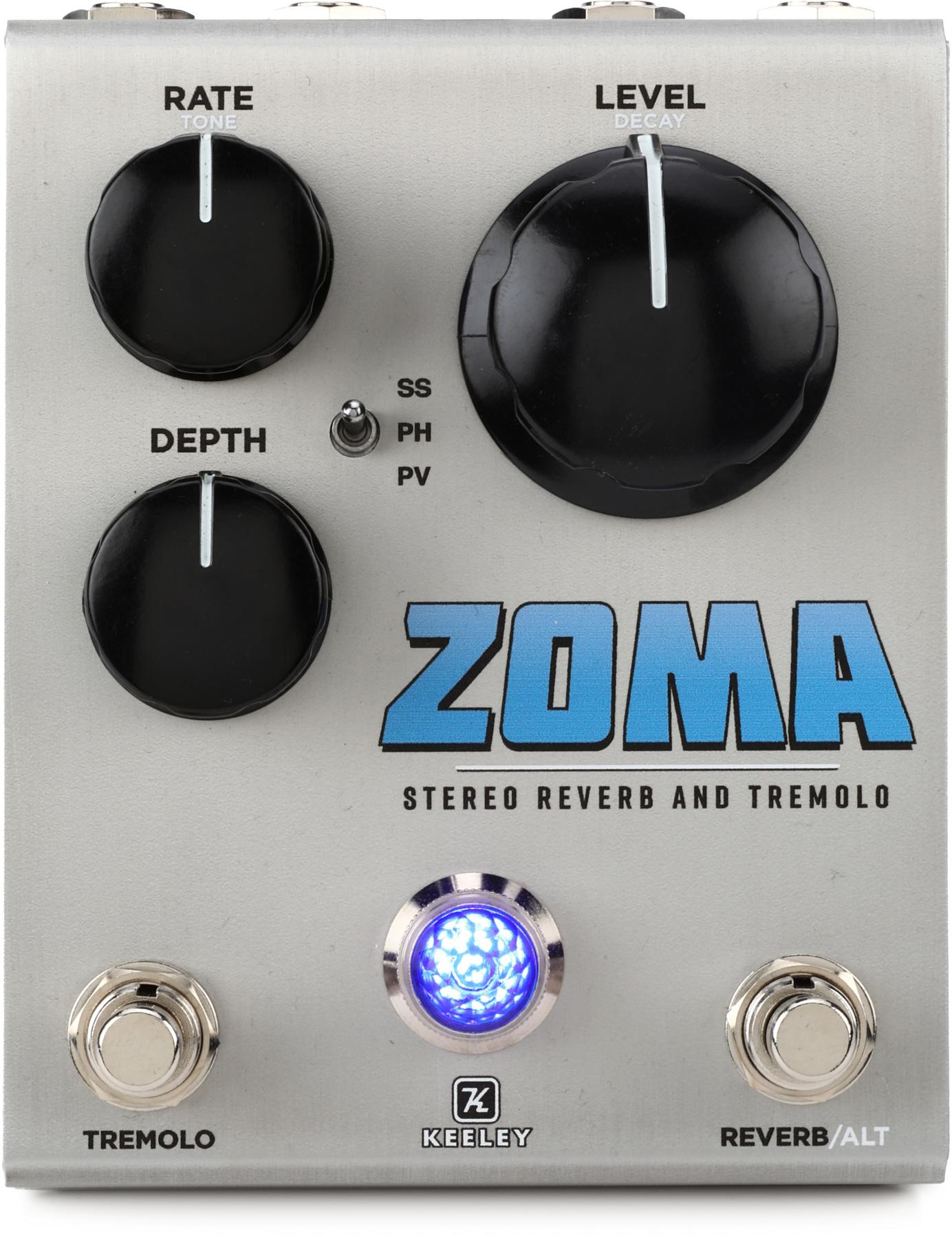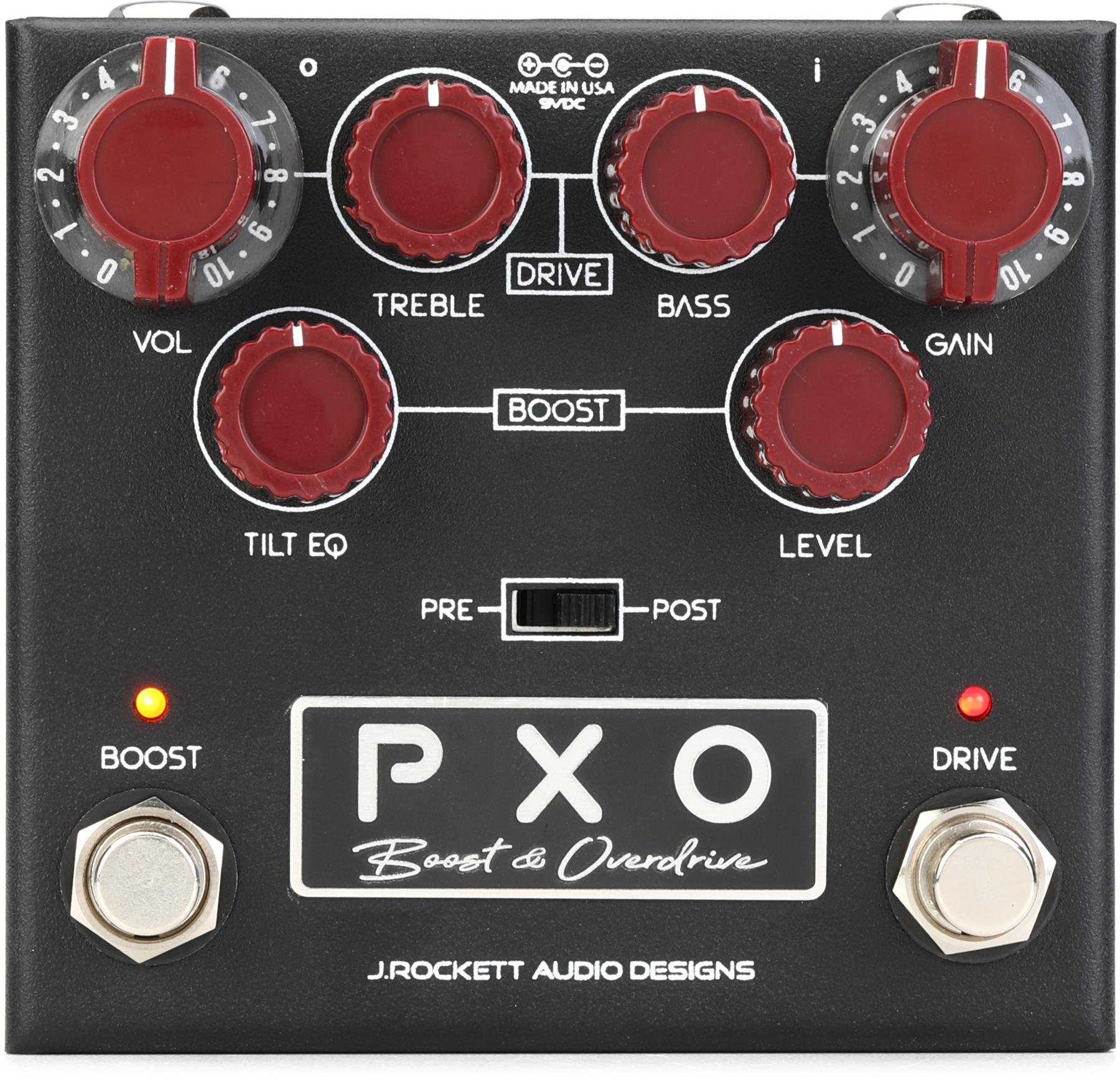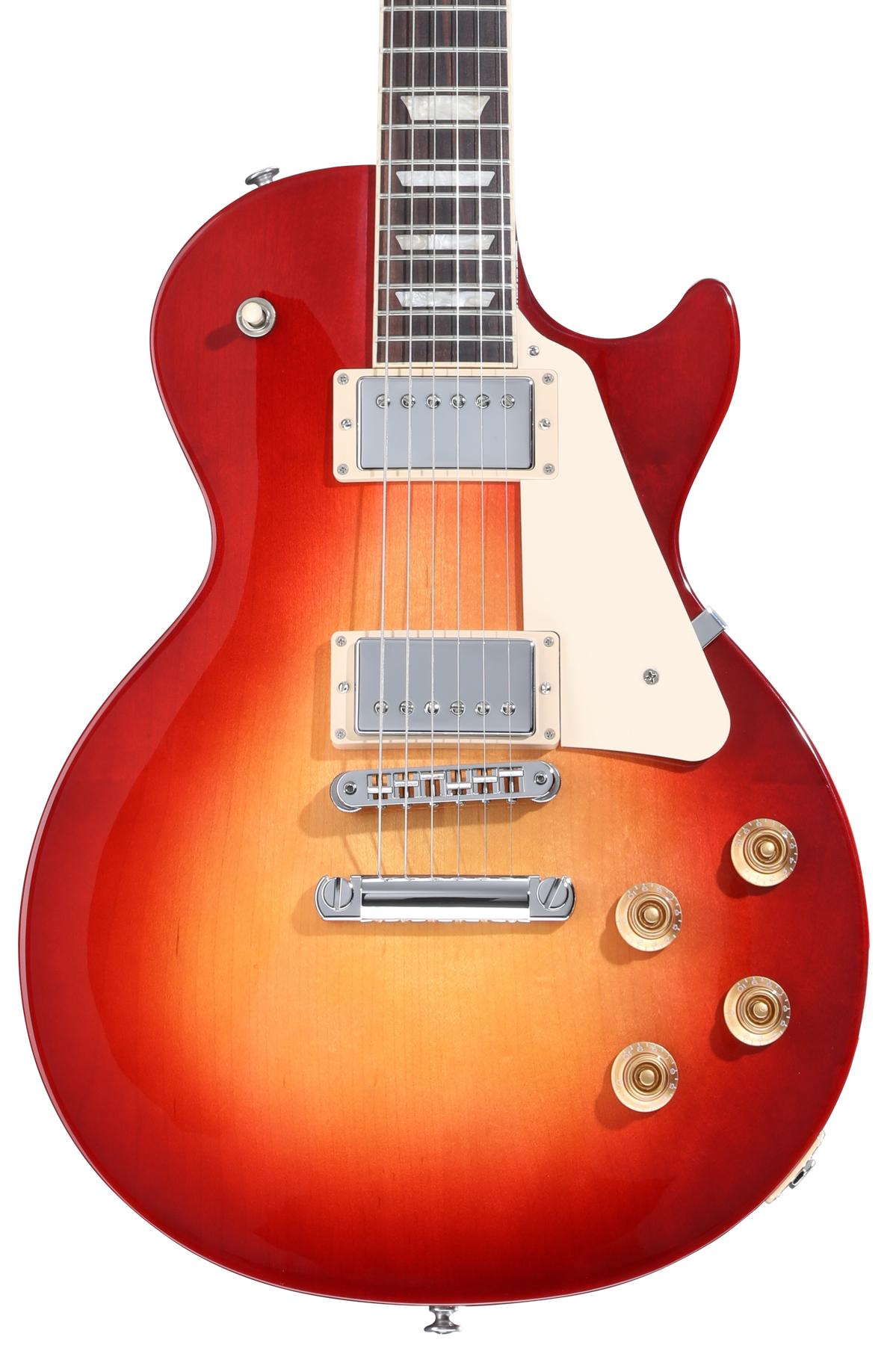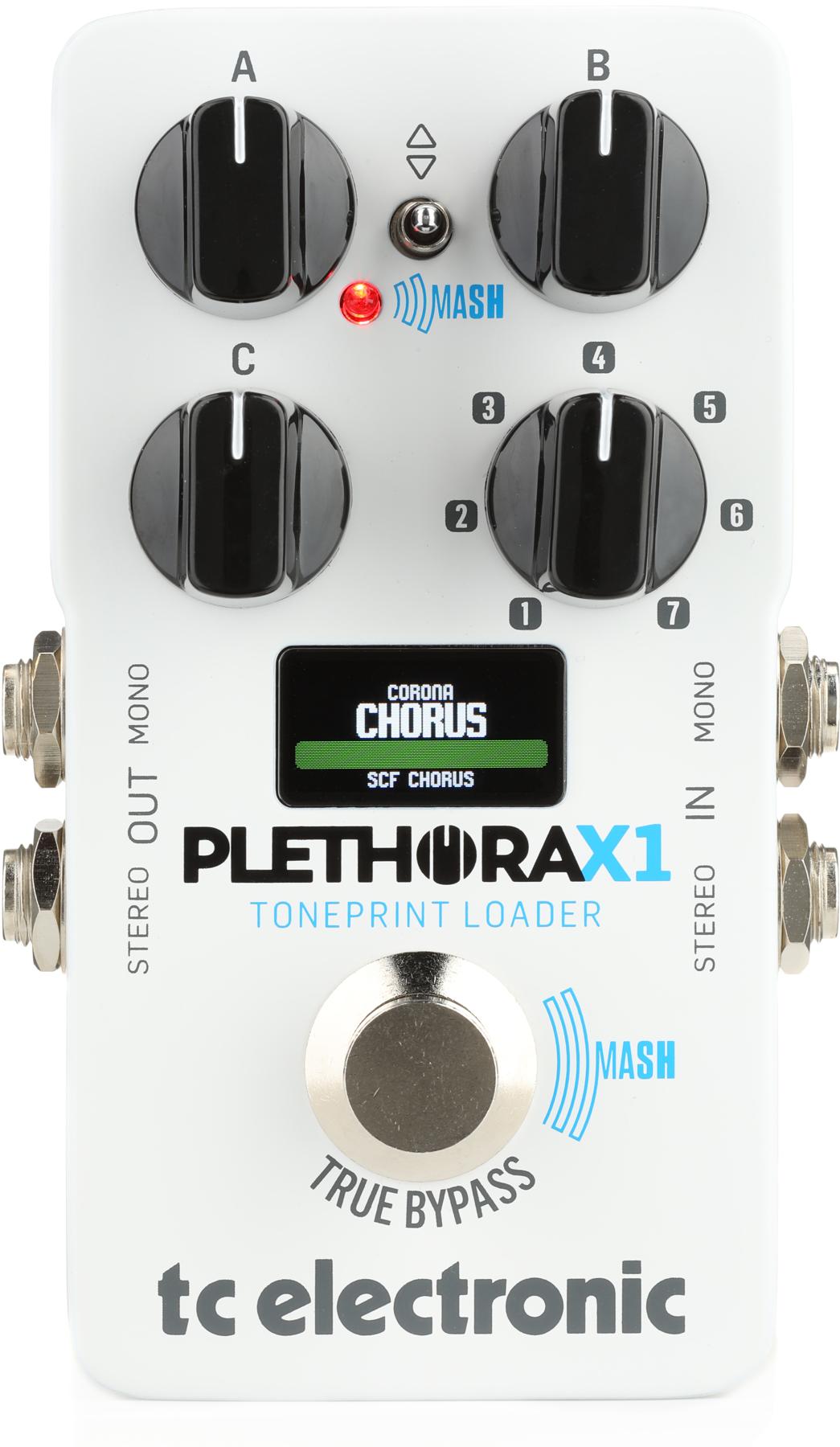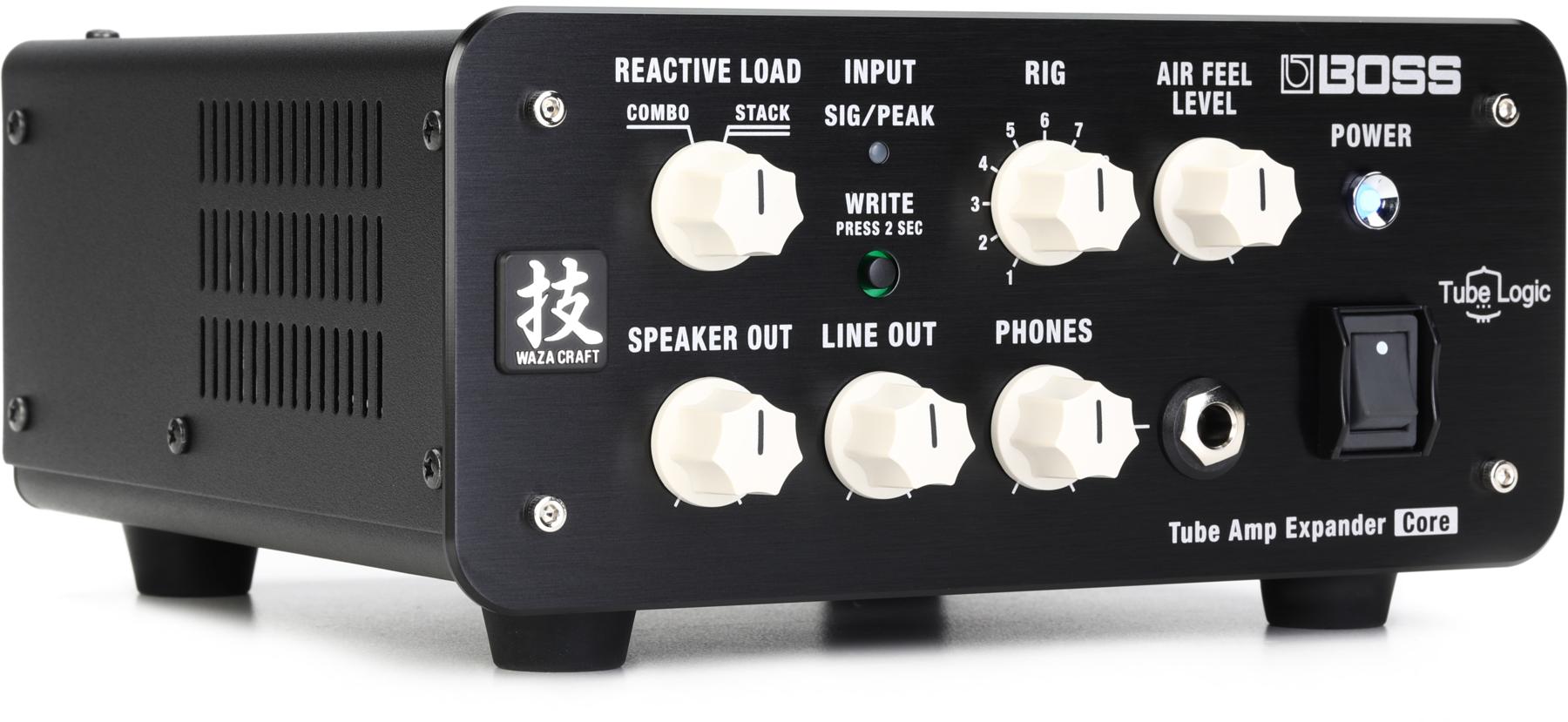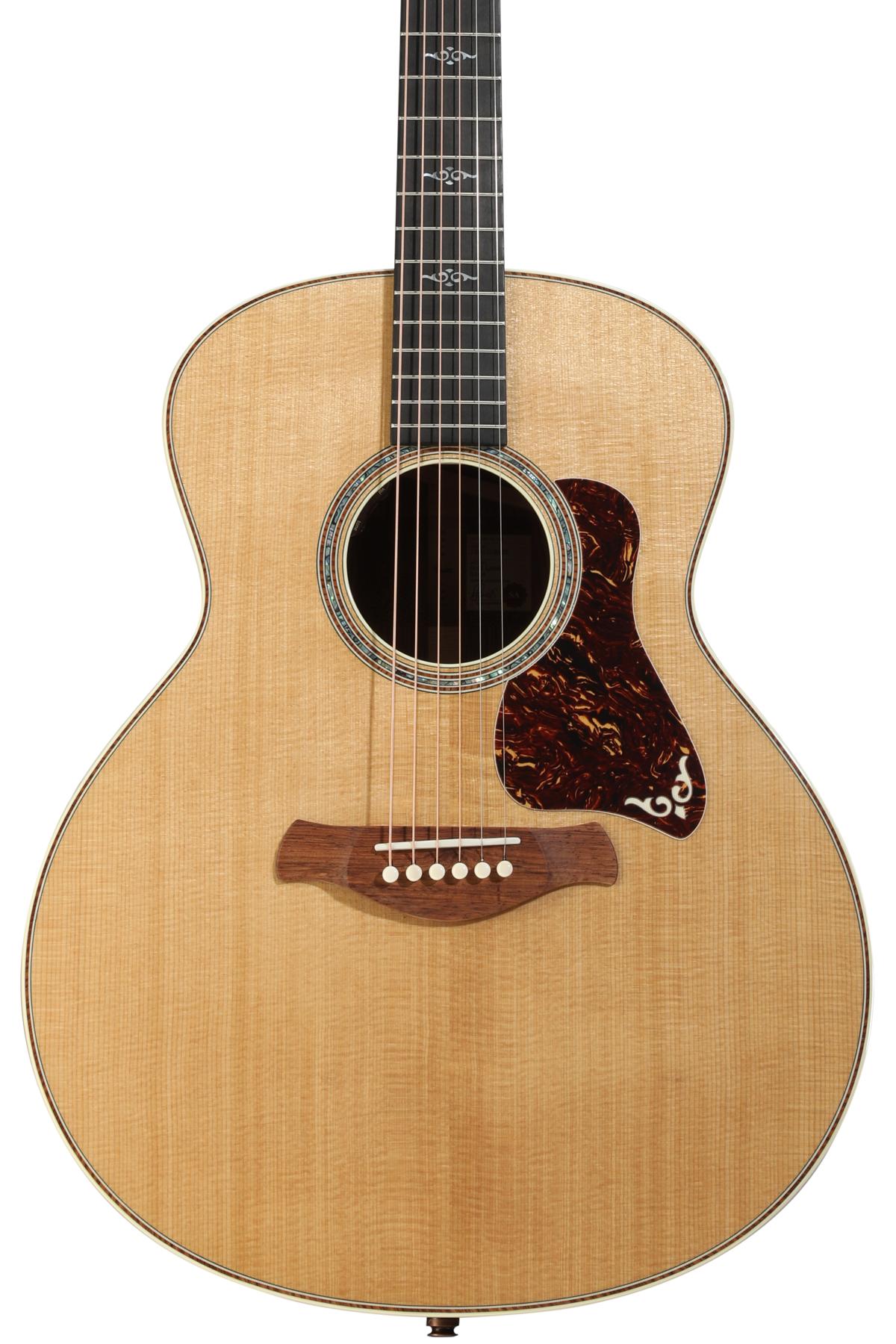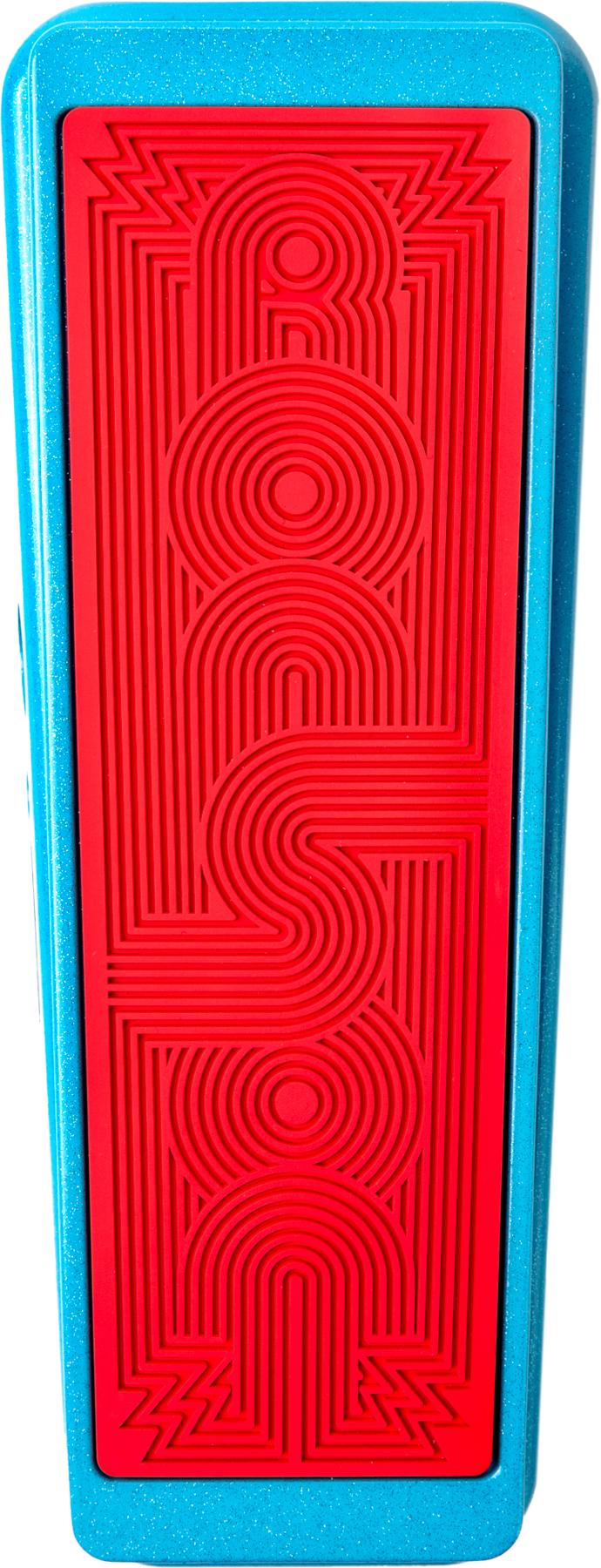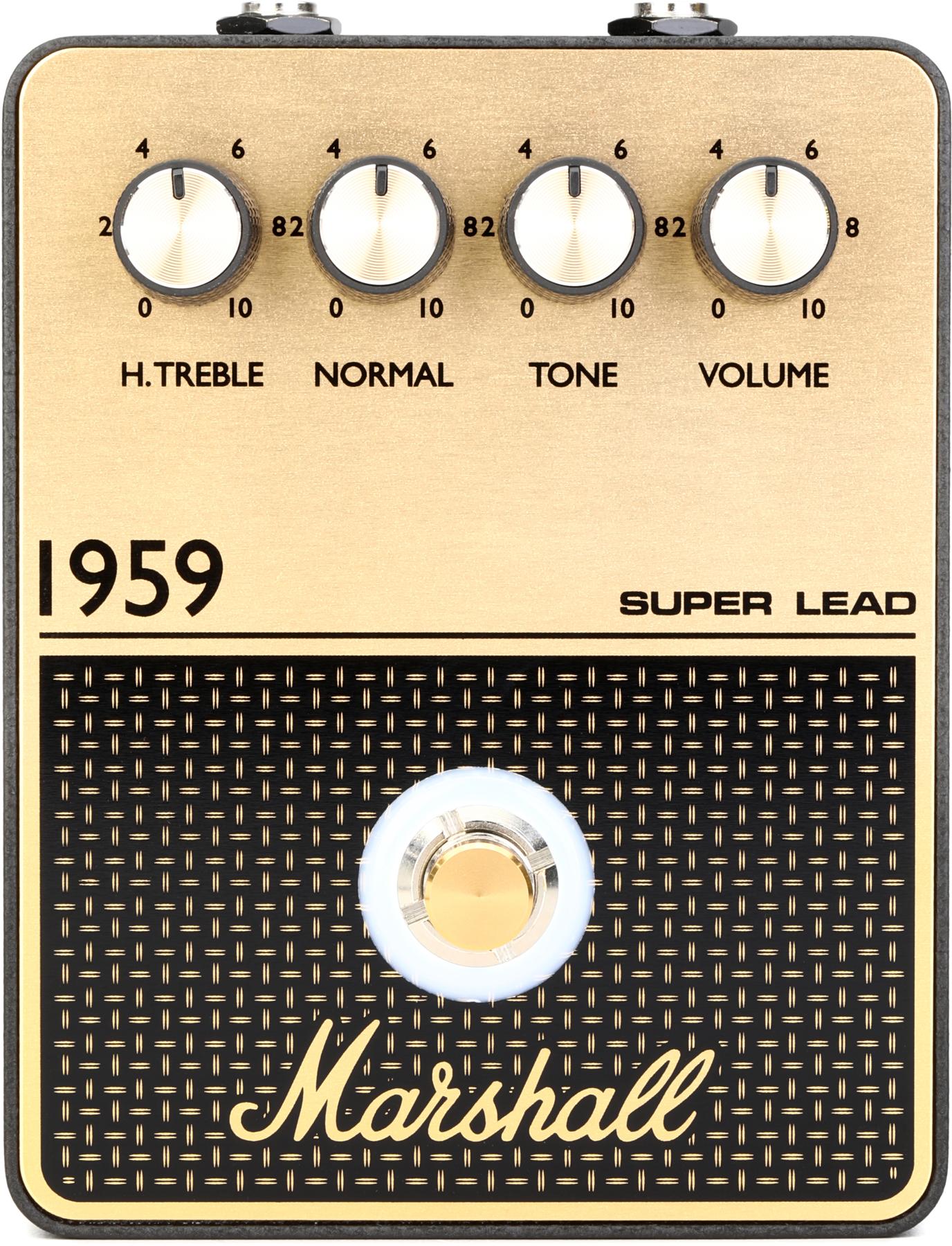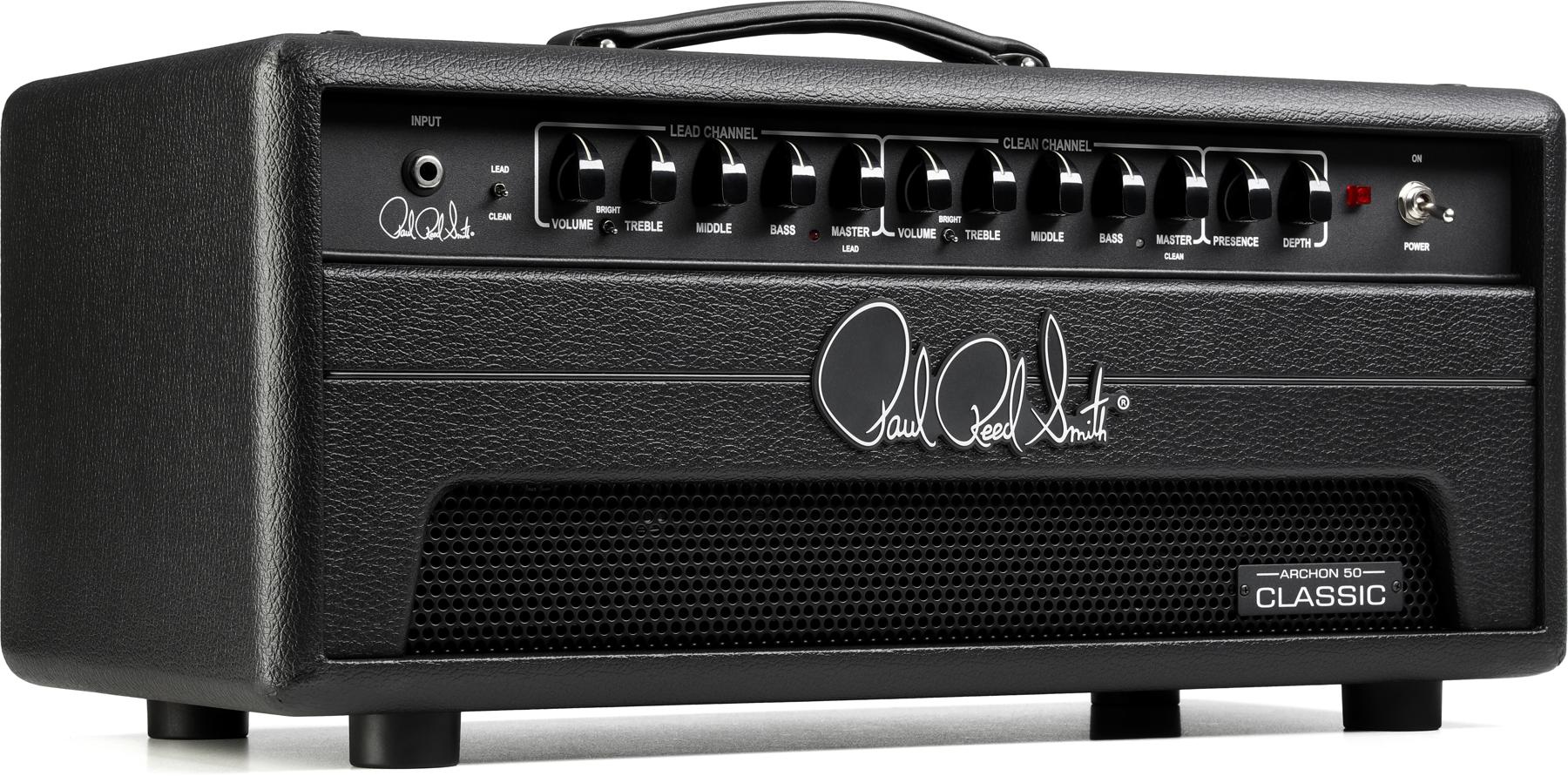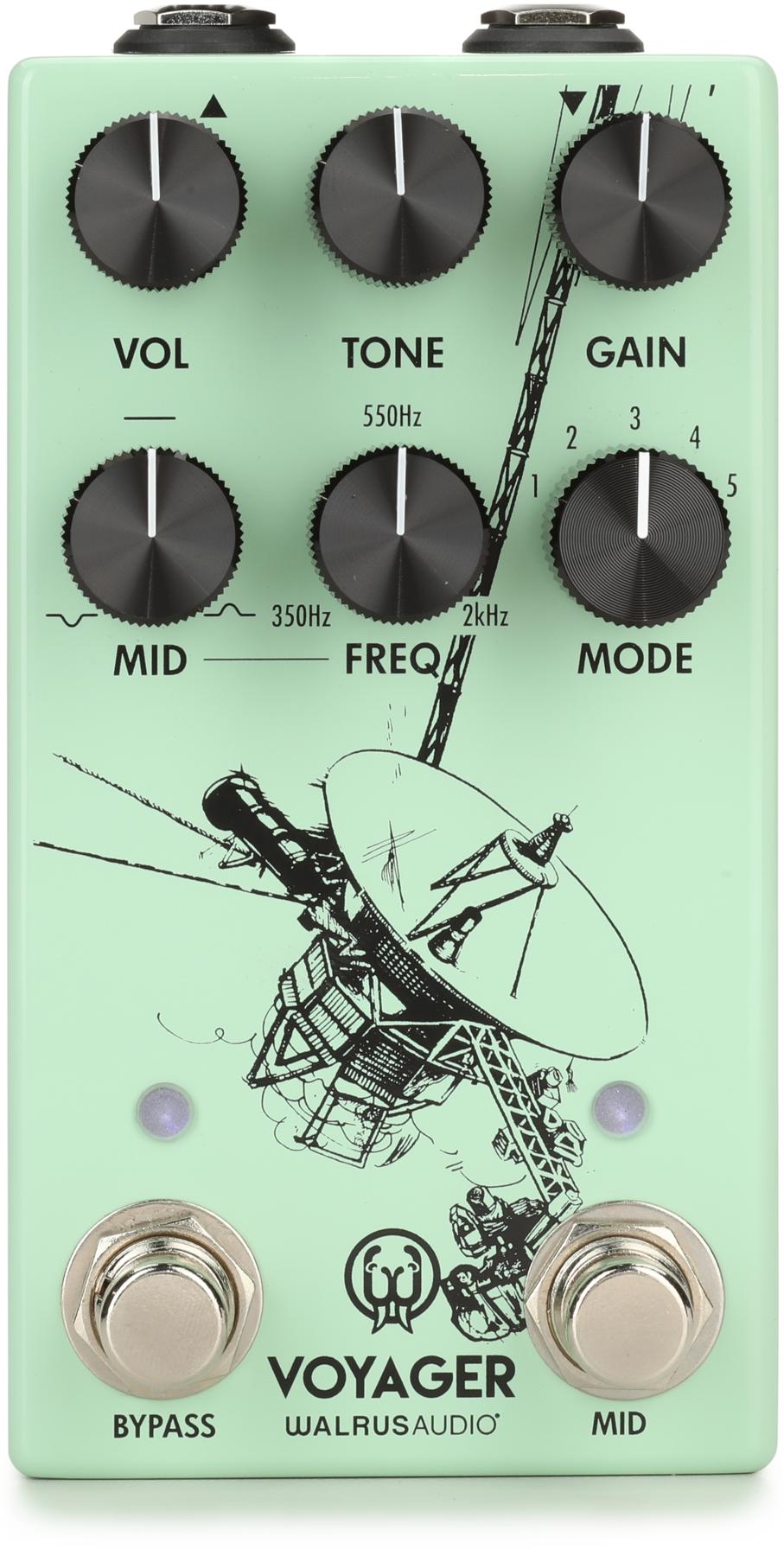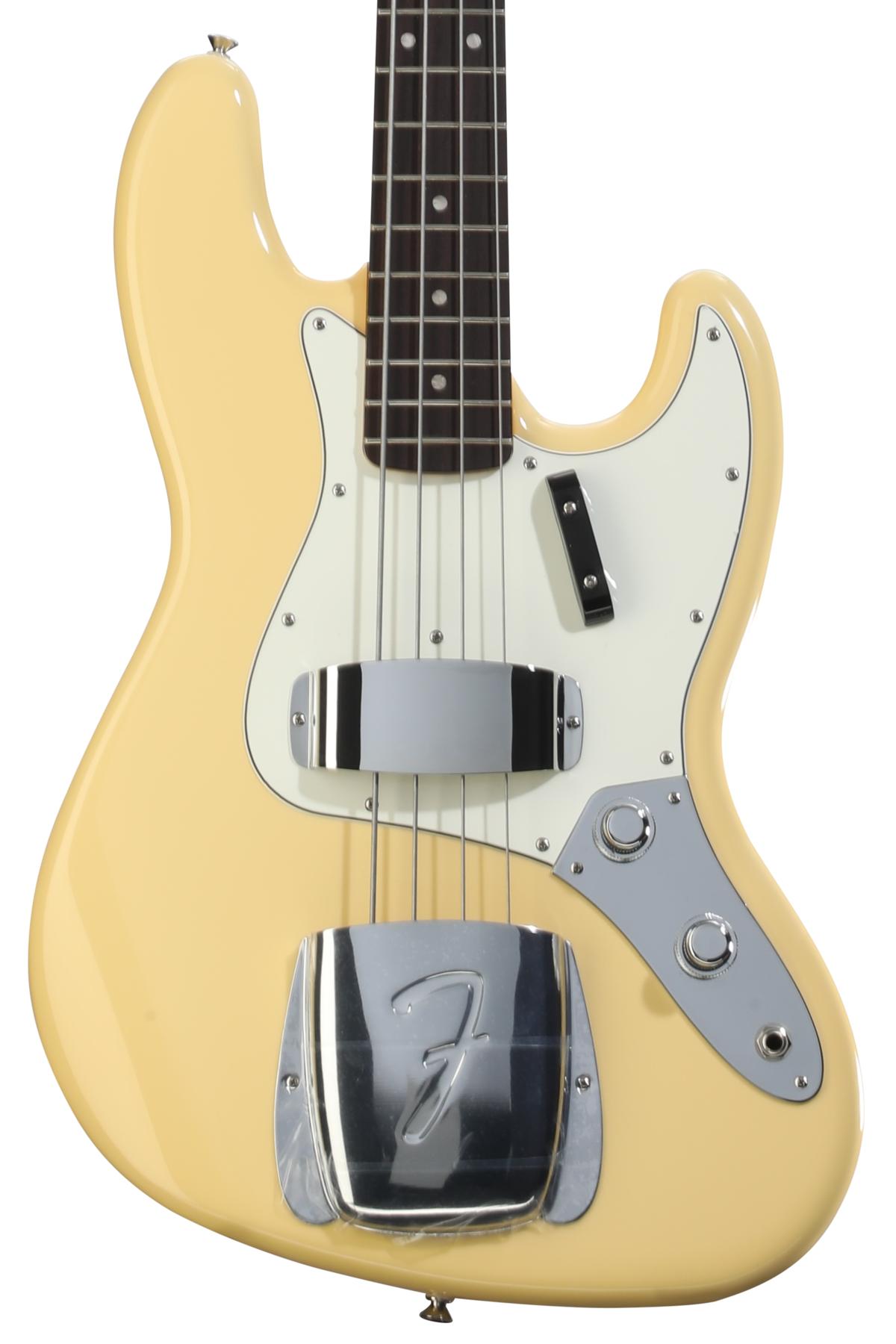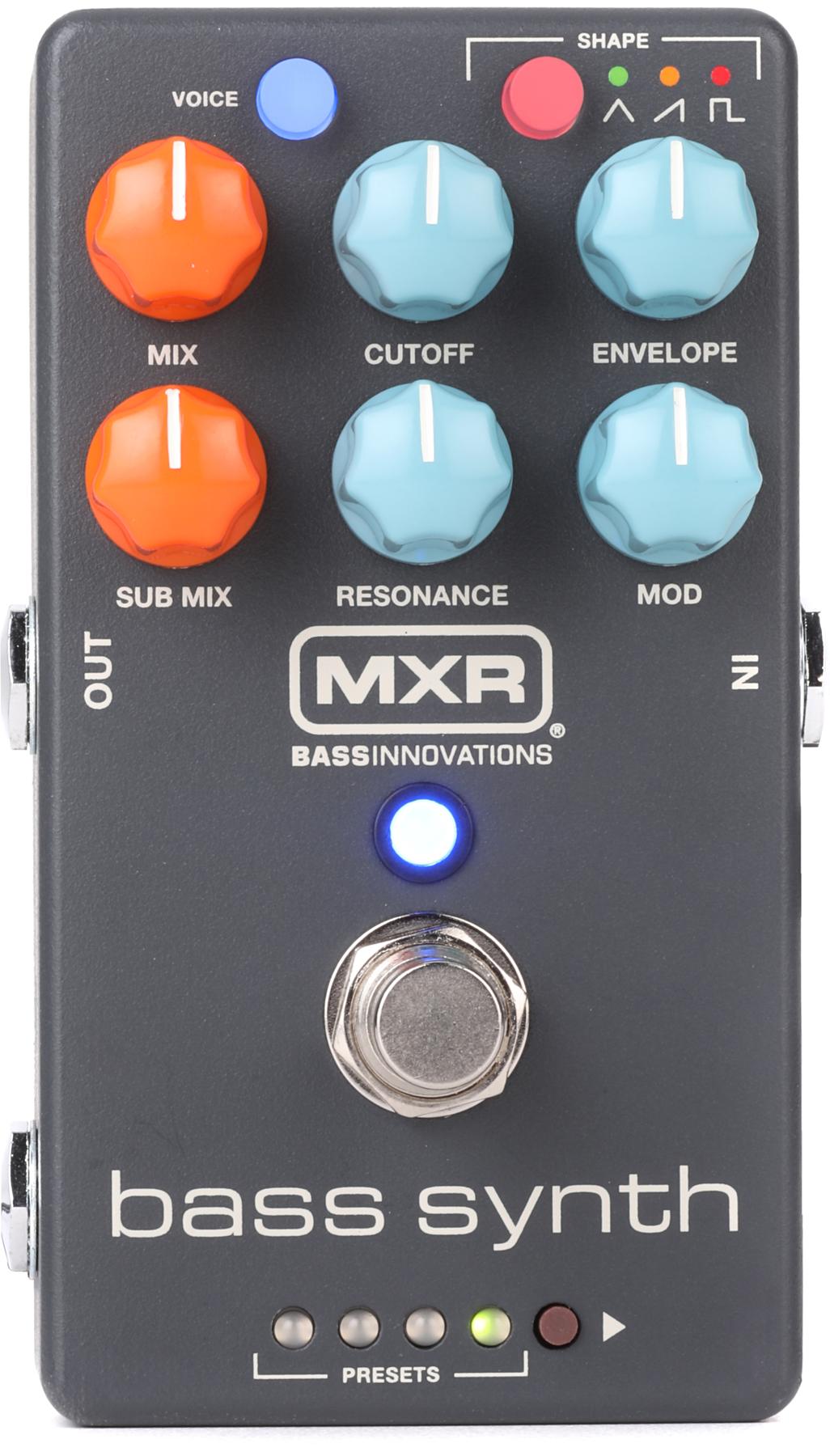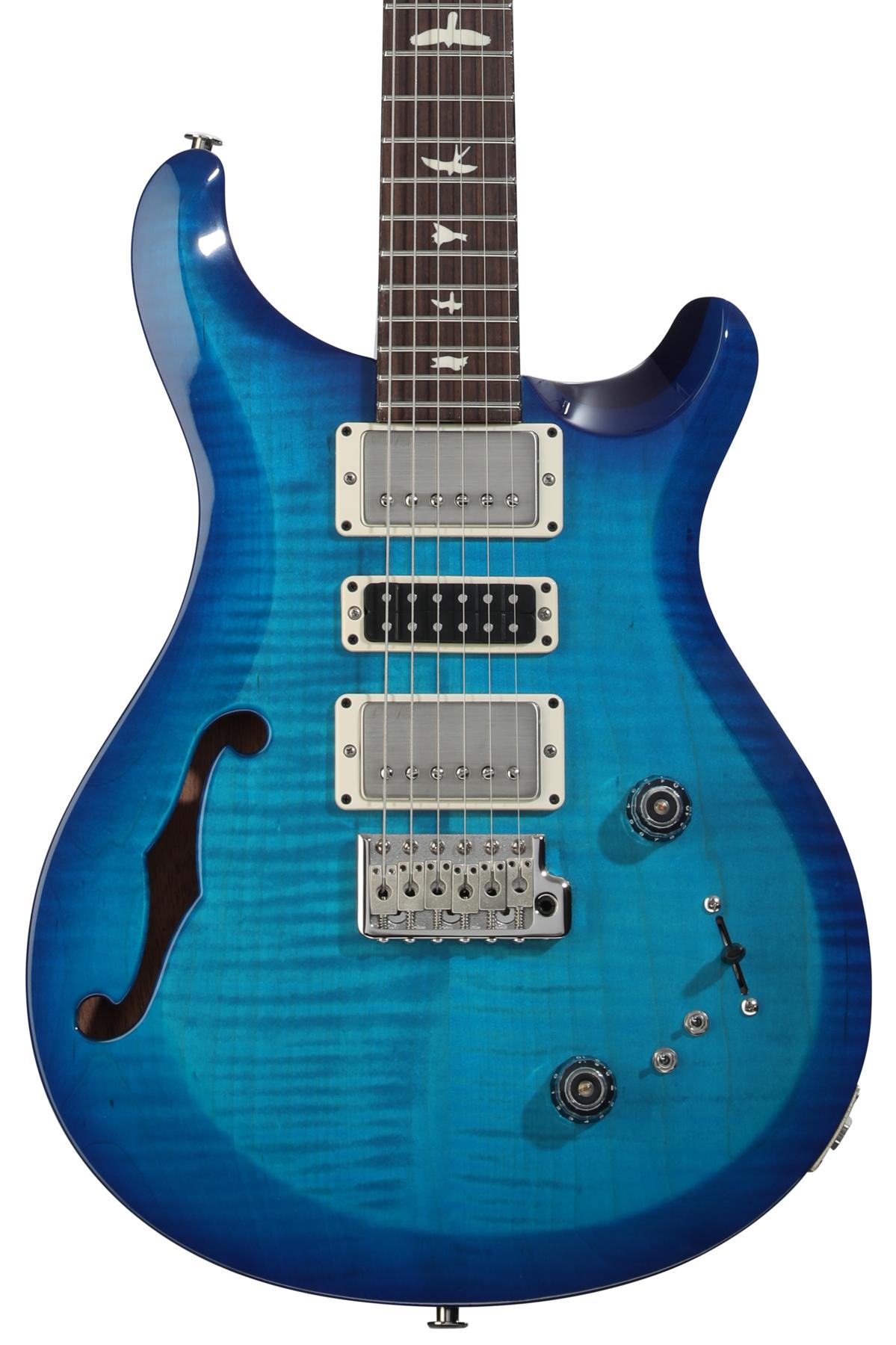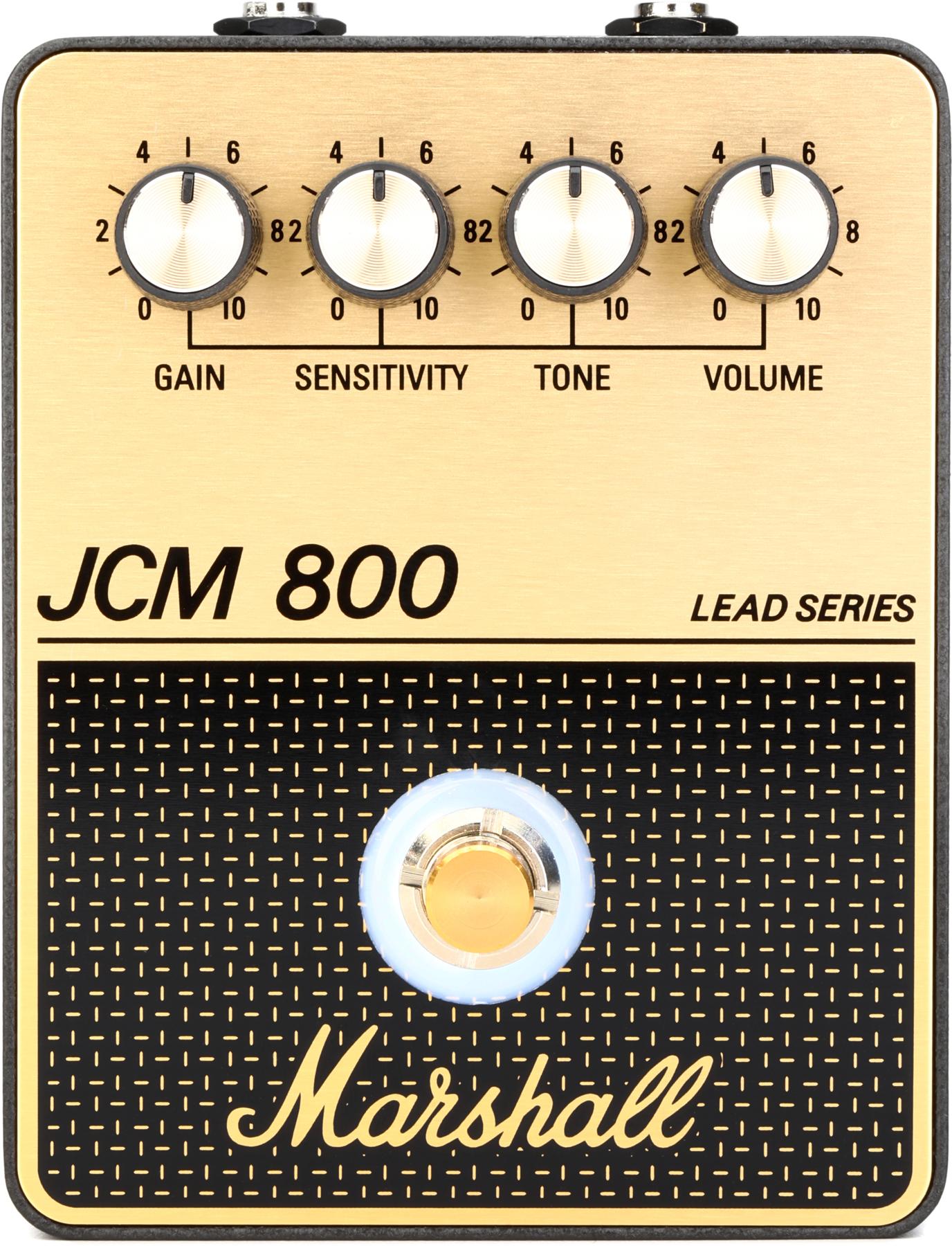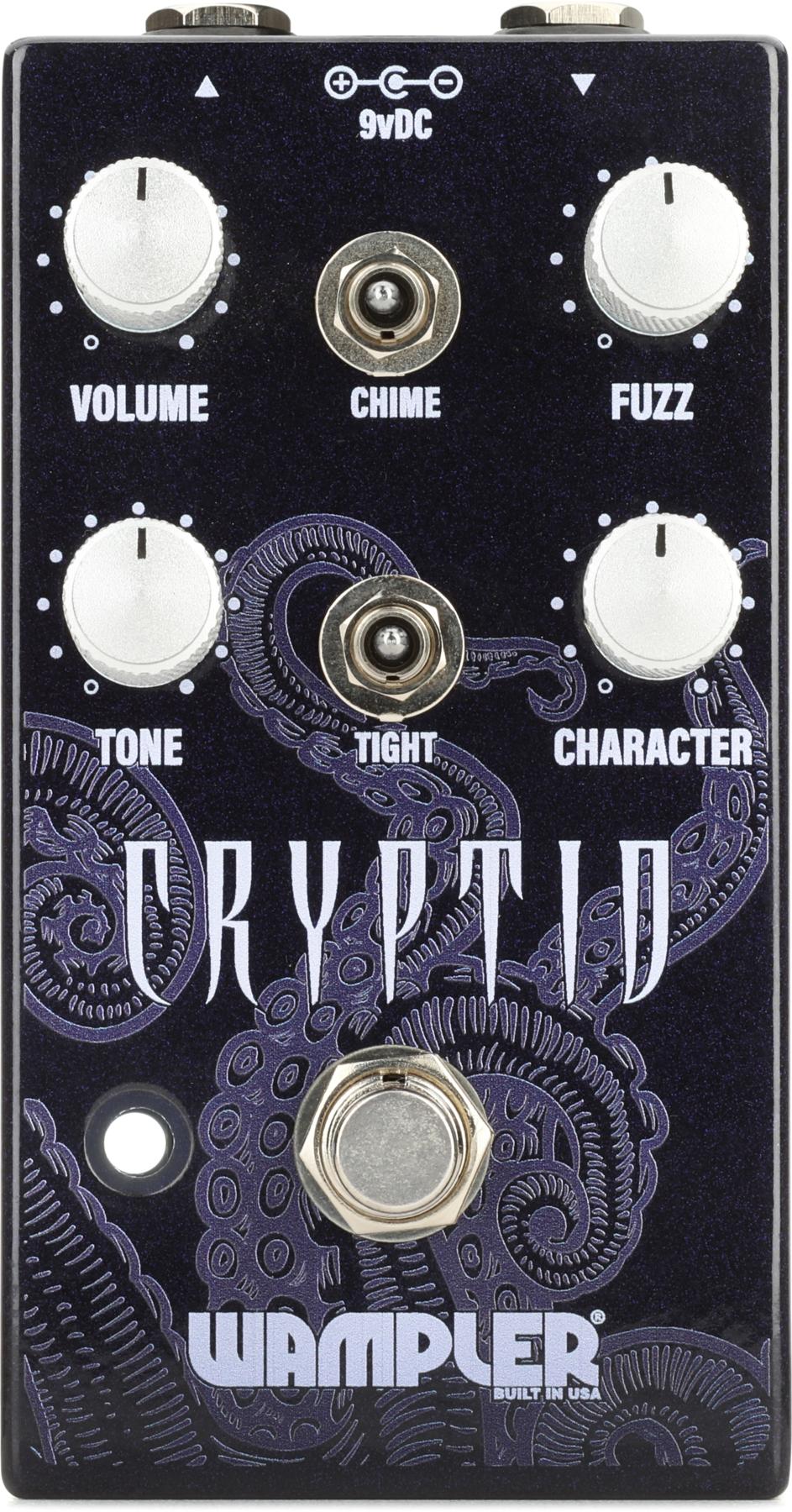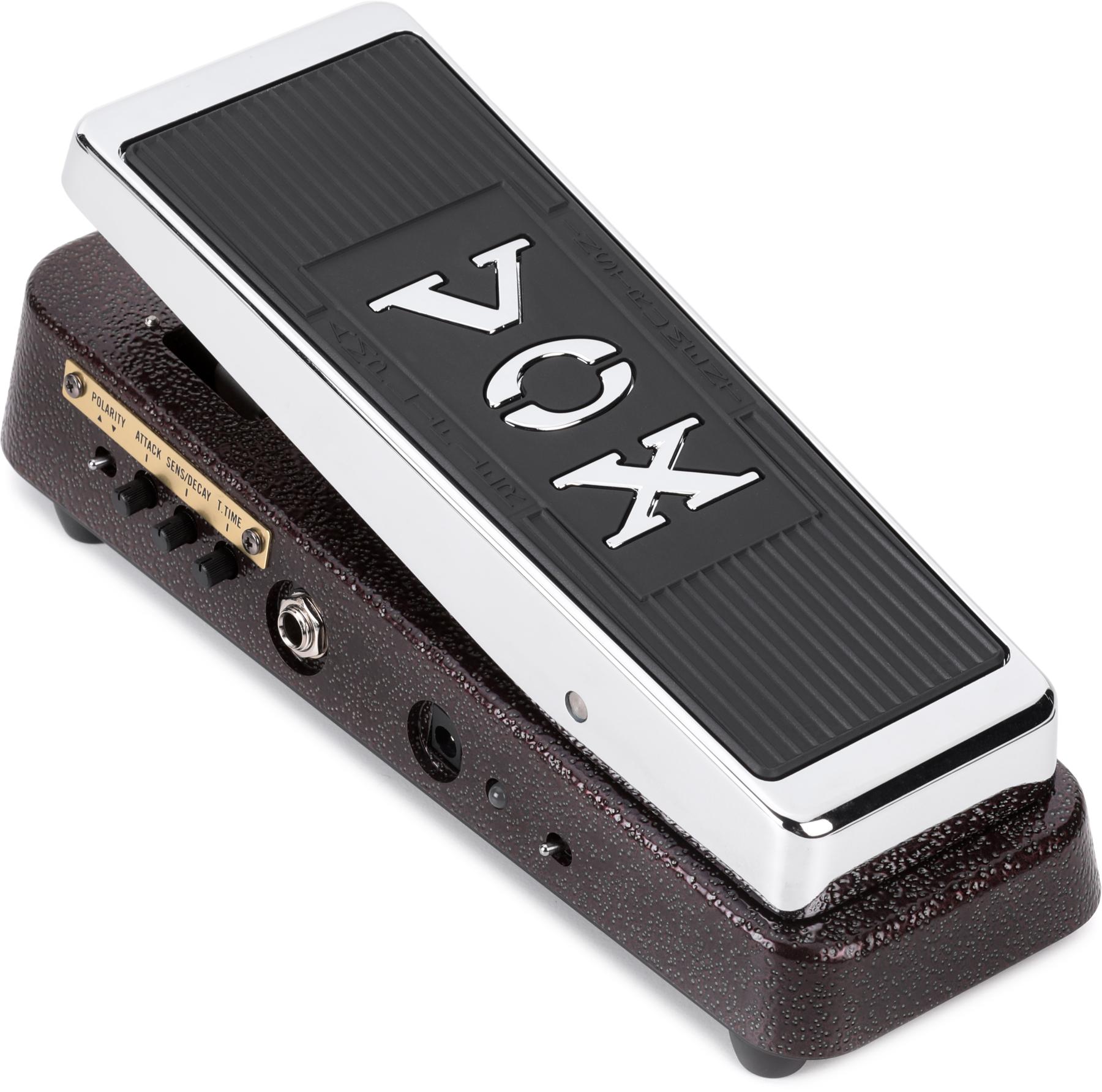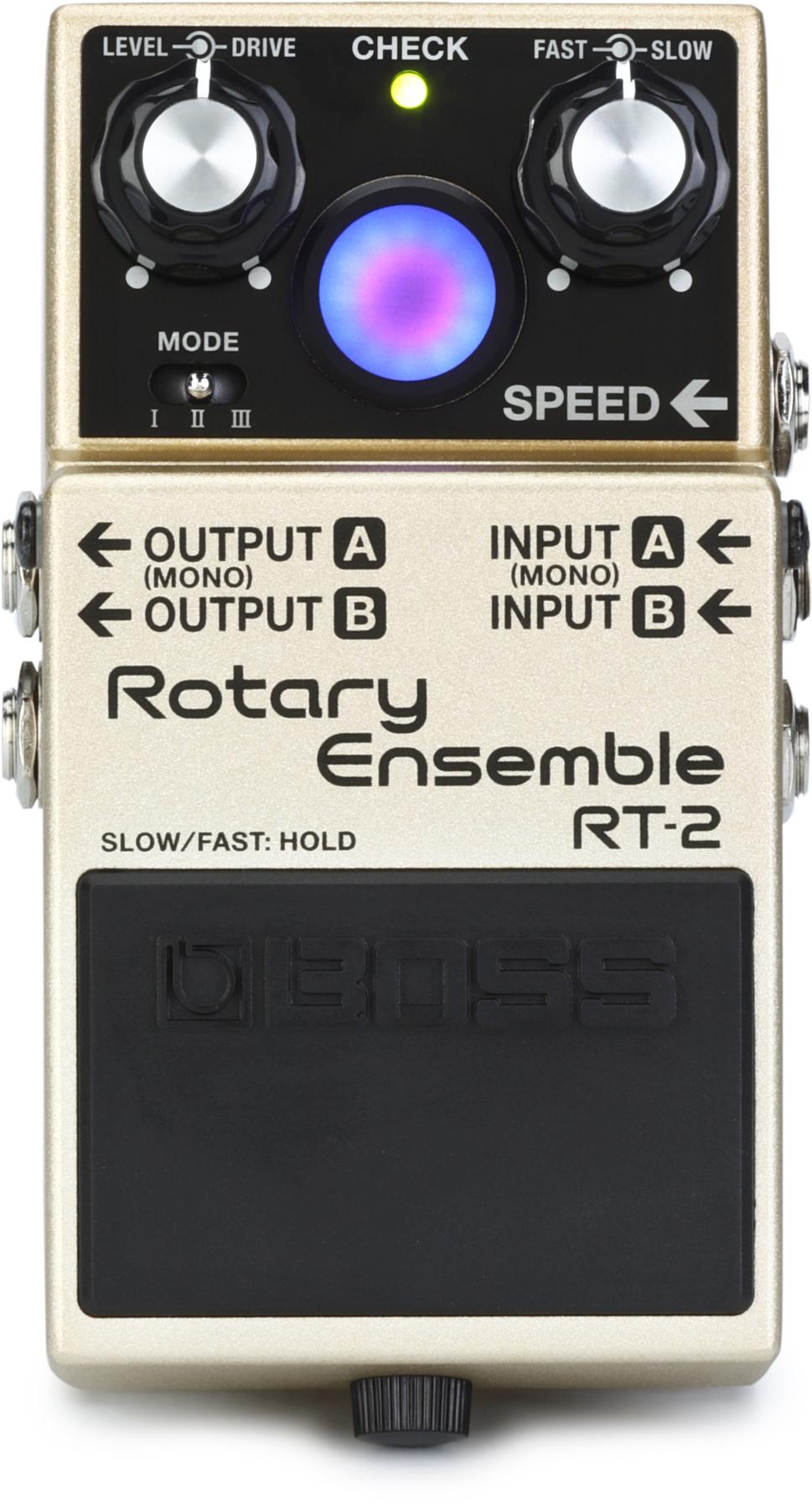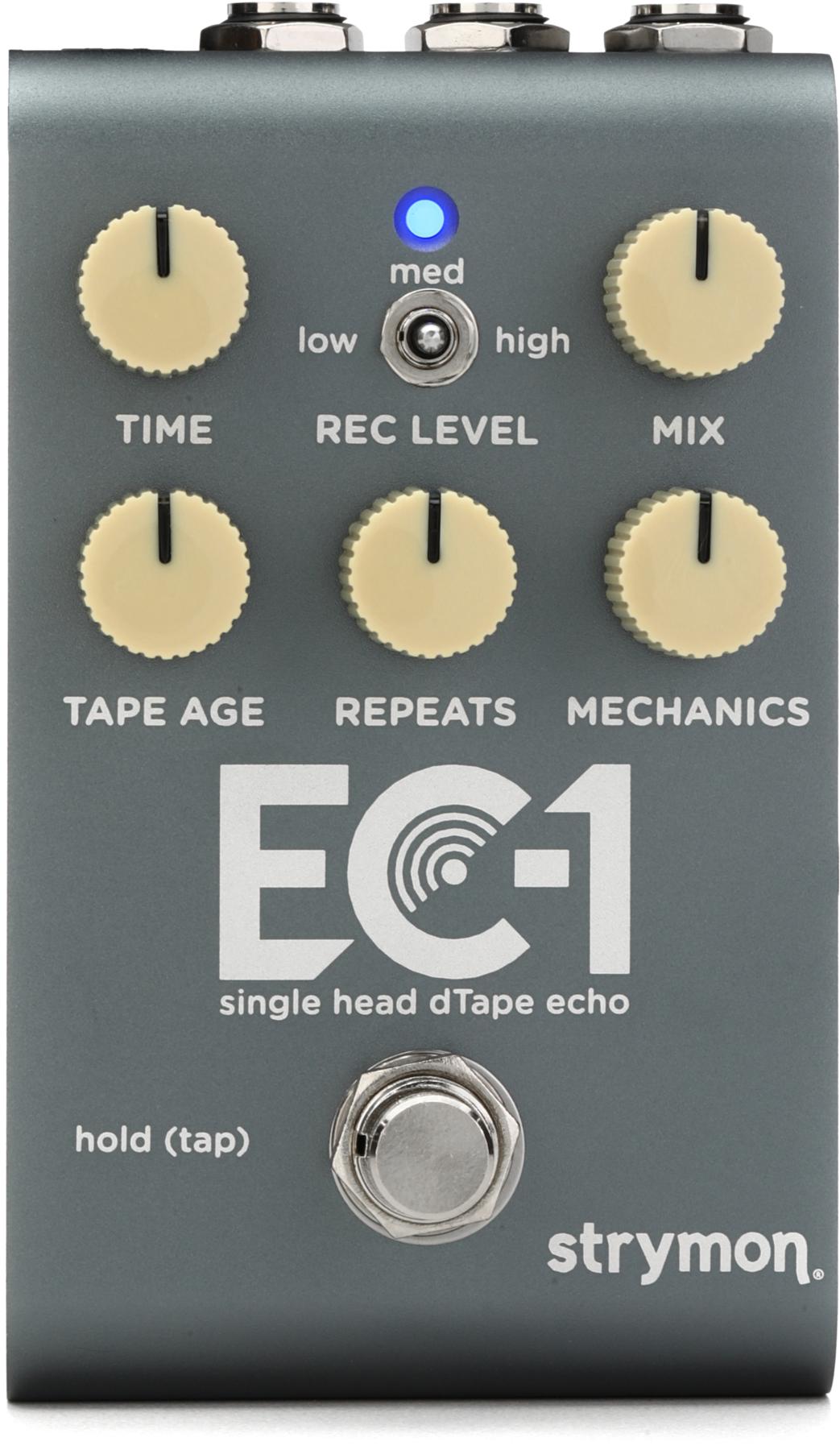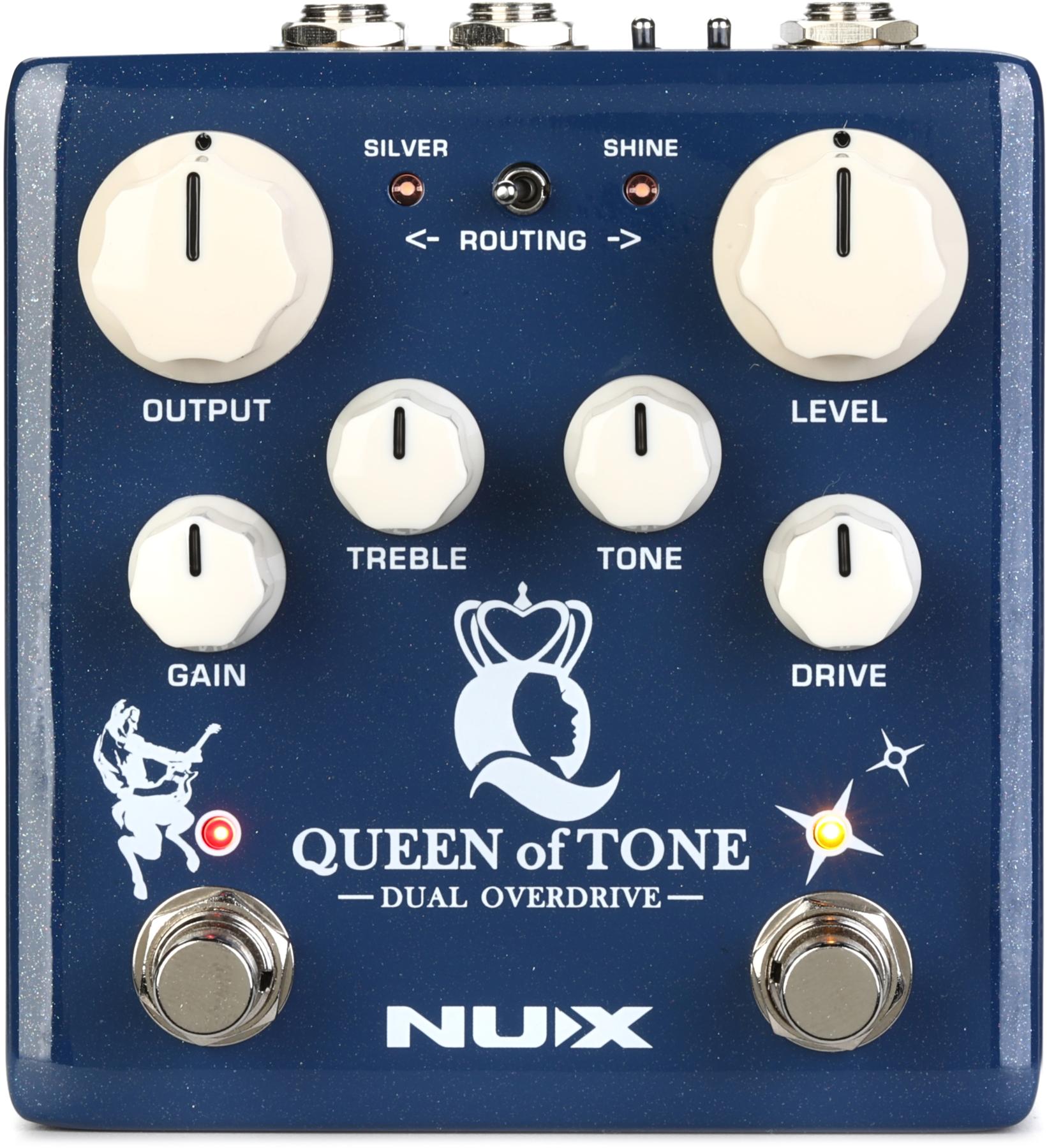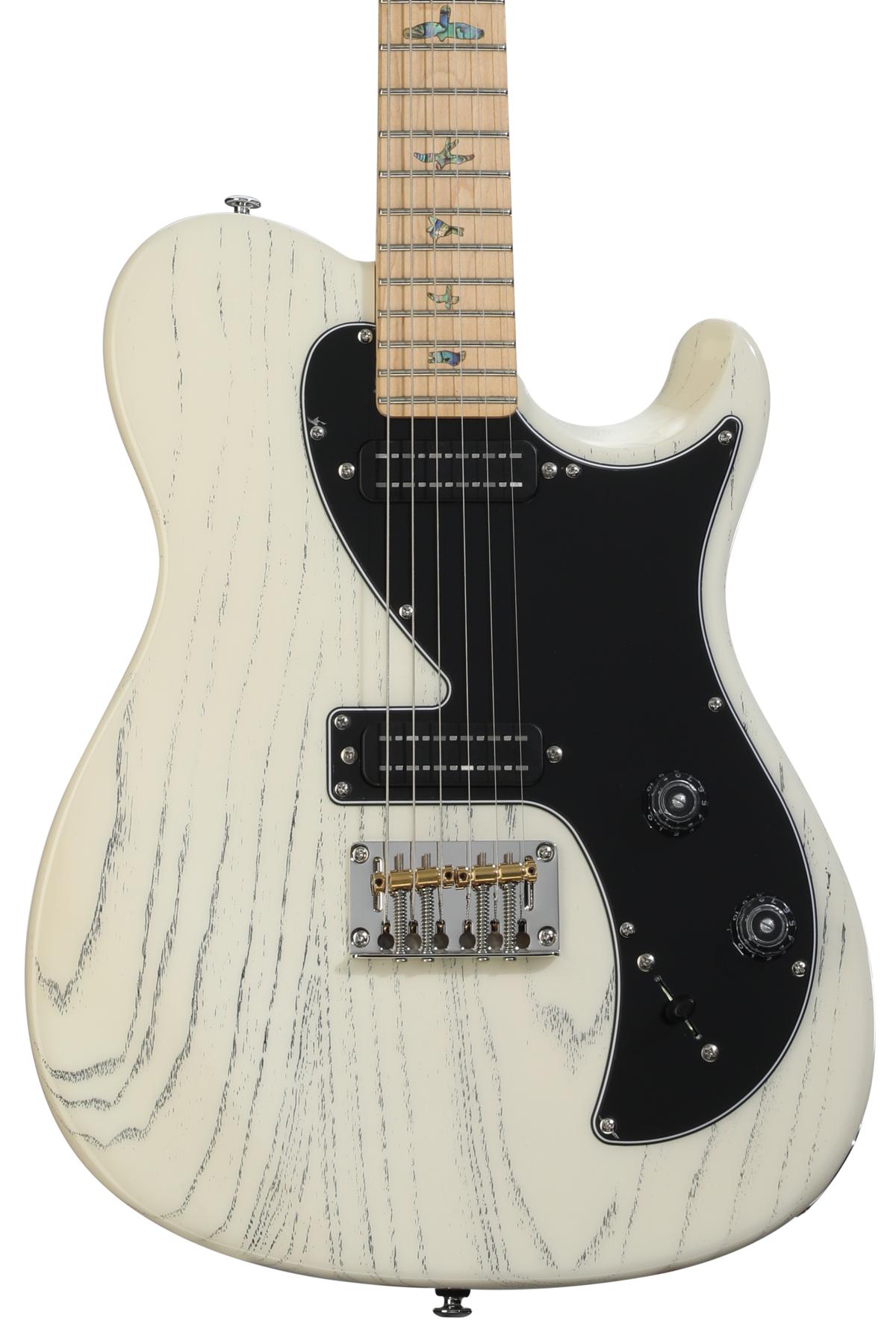 If you’re a handwired boutique amp fan, it’s hard not to be overwhelmed by the recent spate of 18-watt combos – there are now more low-wattage options available to tone chasers than ever before. While the trend has been great for guitarists looking to get those saturated sounds for recording and small clubs, it has also resulted in a lot of homogeneous guitar tones – not bad, but just not different. When it came time to put the newest creation from Suhr through its paces, I was somewhat torn; I had no doubt the quality would be there, but I was worried that I would just be riffing out on yet another breed in the 18-watt herd.
If you’re a handwired boutique amp fan, it’s hard not to be overwhelmed by the recent spate of 18-watt combos – there are now more low-wattage options available to tone chasers than ever before. While the trend has been great for guitarists looking to get those saturated sounds for recording and small clubs, it has also resulted in a lot of homogeneous guitar tones – not bad, but just not different. When it came time to put the newest creation from Suhr through its paces, I was somewhat torn; I had no doubt the quality would be there, but I was worried that I would just be riffing out on yet another breed in the 18-watt herd. I plugged in my Les Paul BFG loaded with a Seymour Duncan ’78 Model humbucker in the bridge position and stock P-90 at the neck for an evening of Badger analysis. After a couple of chords, a quick spin around the control panel and a deeper visual inspection, those early reservations began to subside. Much to my surprise – and to Suhr’s credit – it became apparent the visionaries at Suhr approached the Badger with the intention of breathing new life into a traditional design, not just cashing in on the recent 18-watt revolution.
If you’re new to the party, you should know that most 18-watt amps set out to get that cranked up, sweet, saggy EL84 sound – all at a tolerable volume. There are currently quite a few models out there that achieve this tone, ranging from fairly decent to excellent; the Badger handles the aforementioned task with an easy authority, but also packs in a few surprises as well.
As is also the trend in low-wattage land, Suhr has decided to keep the control panel fairly simple; you’ll find six knobs (Power Scaling, Drive, Bass, Mid, Treble and Gain) a switch and a power indicator. There is no standby switch, although Suhr recommends turning the Power Scaling control down to 0 to keep the amp cool. Some may find this to be a minor irritant in live settings, as they will have to re-adjust the knob before they resume playing. The look itself is classic all the way, with the Badger sporting a gold sparkle grill cloth, no corner hardware and well-handled seams on the tolex.
"Most combos feature an open back enclosure with the tubes facing down toward the speaker; the Badger provides a completely enclosed home for its standard Celestion V30. And while that closed back design may be an intentional curveball from Surh, they did port the front side of the soundboard, allowing notes and chords plenty of freedom to breathe."
Deceiving Looks
Although the amp appears simple at first glance, the Power Scaling and Drive controls – combined with a unique cabinet design – provide plenty of “X” factor. By dialing in different combinations of Power Scaling, Drive and Gain, the player can go from a pushed, sweet, touch sensitive EL84 non-master volume sound to a big, bad master volume sound with tons of headroom. Driven into the Badger’s alter ego, I was reminded more of a 50 or 100-watt head with EL34s than this tiny combo.
The Power Scaling feature, licensed from London Power (londonpower.com), lowers the wattage sent to the power amp, allowing the power tubes to clip more. Without getting overly involved, the more clipping that occurs, the more cranked the amp sounds. The Drive control can add to this effect or compensate for it; by turning the Drive up past the current Power Scaling setting, you add compression and get more of that squashed, cranked EL84 sound. By turning the Drive down, the Badger enters Master Volume territory and headroom makes a glorious return.
As mentioned earlier, the cabinet design plays a big role in this amp’s Jekyll and Hyde routine and definitely sets this amp apart from its competition. Number one on the list is the isolation of the speaker itself. Most combos feature an open back enclosure with the tubes facing downward toward the speaker; the Badger provides a completely enclosed home for its standard Celestion V30. And while that closed back design may be an intentional curveball from Suhr, they did port the front side of the soundboard, allowing notes and chords plenty of freedom to breathe. A convertible or open back option might have been a nice touch for some players, but the lack thereof demonstrates Suhr’s deliberate vision – a big sound that pushes air like a 4x12 cab.
There’s are some nice appointments you won’t find elsewhere; the amplifier runs two EL84s and three 12AX7s, which slide into their own nifty compartment. This design keeps the tubes from rattling and interacting with the speaker. Additionally, all tubes face upward, allowing heat to dissipate through a vent located on the top of the cabinet – less heat and chassis vibrations equates with a more consistent sound with fewer trips to the repair shop. The speaker jacks are hardwired with no switch selectors, which, as far as durability is concerned, is a bonus. Options include one 8 ohm or two 16 ohm loads and one 4 ohm or two 8 ohm loads, although it would have been nice to see a single 16 ohm option.
By cycling through all of the Badger’s various control combinations, you’ll be rewarded with everything from the sounds of Hendrix and Cream to grinding blues tones. The build quality here is reflected in the amp’s sheer versatility, well-suited for anything from rock to fusion to chicken pickin’. Of course, if you’re looking to coax modern, high-octane rock or metal sounds out of this amp, it’s neither a wise choice nor the intention of the designers.
Great touch sensitivity accompanied every setting I landed on, and the Badger really shines with P-90s. I had a blast cranking up the the amp, with the Power Scaling close to noon, with the Drive a little higher and the Gain at about 3 o’ clock. Rolling back the volume and using a moderate pick attack yielded sweet and somewhat sparkly highs, along with rich natural harmoics. When you being to dig in with that pick, notes jump out excitedly.
I won’t front – I’m not much of a blues player, but the tones here had me convinced that I was. The Badger is a very honest, articulate, pure-sounding amp that allows you to hear all of the subtle nuances in your playing. I really admire this trait in an amplifier; it lets you be you, and not be dictated by your amp.
The Final Mojo
The Badger’s ability to move from nonmaster to master type sounds makes it a versatile piece of gear; add in the classic, unique look and a huge cab sound at lower volume levels and you’ve got a great value.
Buy if...
you want a versatile, big tone in a small package.
Skip if...
you''re looking for a high levels of gain.
Rating...
MSRP $1750 - Suhr - suhrguitars.com |
Our expert has stated his case, now we want to hear yours. Log on and share your comments and ratings.



















